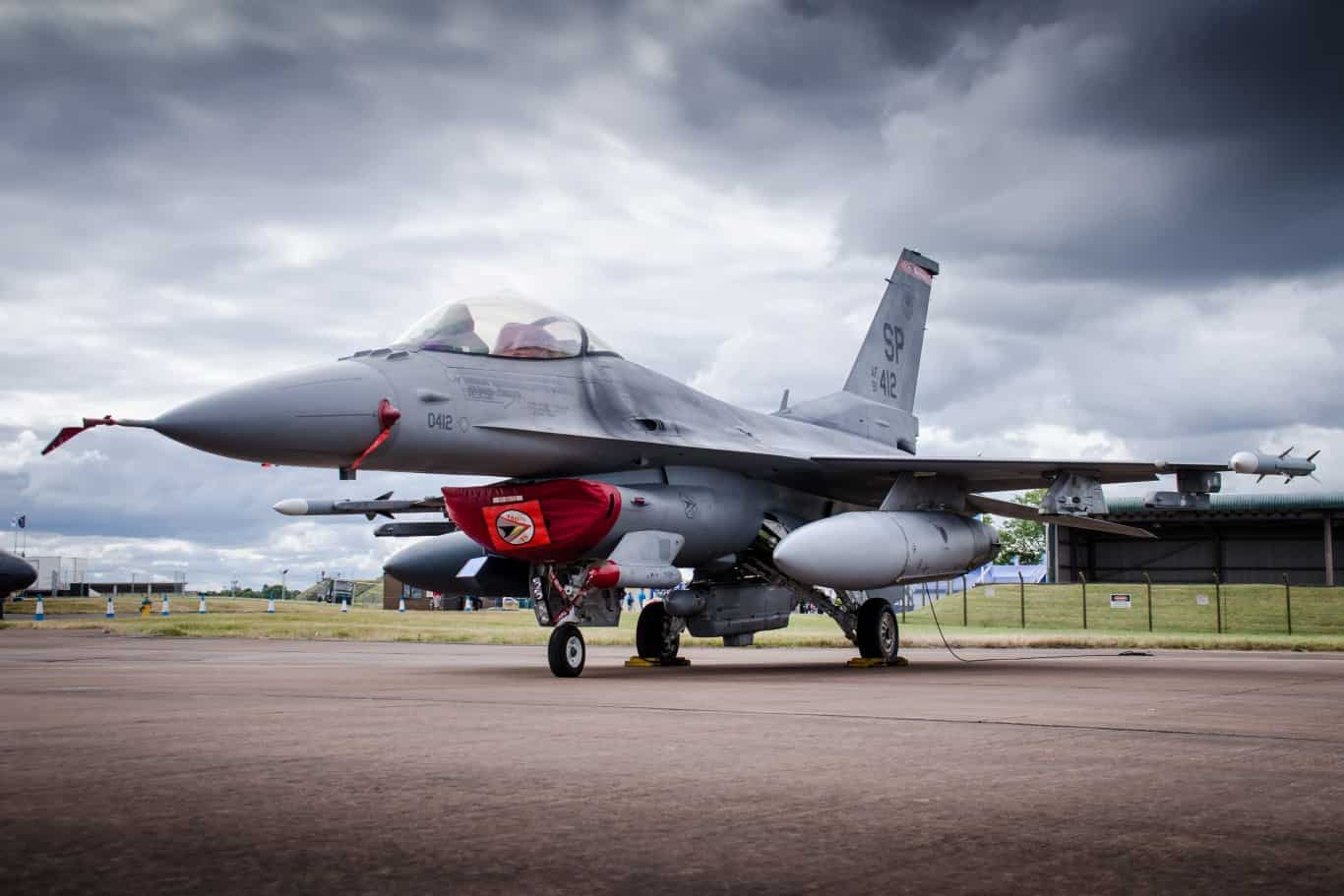
Taiwan is the fourth-largest recipient of American arms sales worldwide. Since 1950, only Saudi Arabia, Israel, and Japan have spent more on US weapons than the Republic of China. The Taiwan Relations Act (1979) authorizes the President and Congress to sell weapons to Taiwan for its self-defense. The Biden administration went a step further by providing $8 billion in direct aid in April 2024. The incoming Trump administration has indicated it wants Taiwan to increase its defense spending further. This article will examine Taiwan’s military procurement and how valuable those decisions will prove to be.
Why This Matters
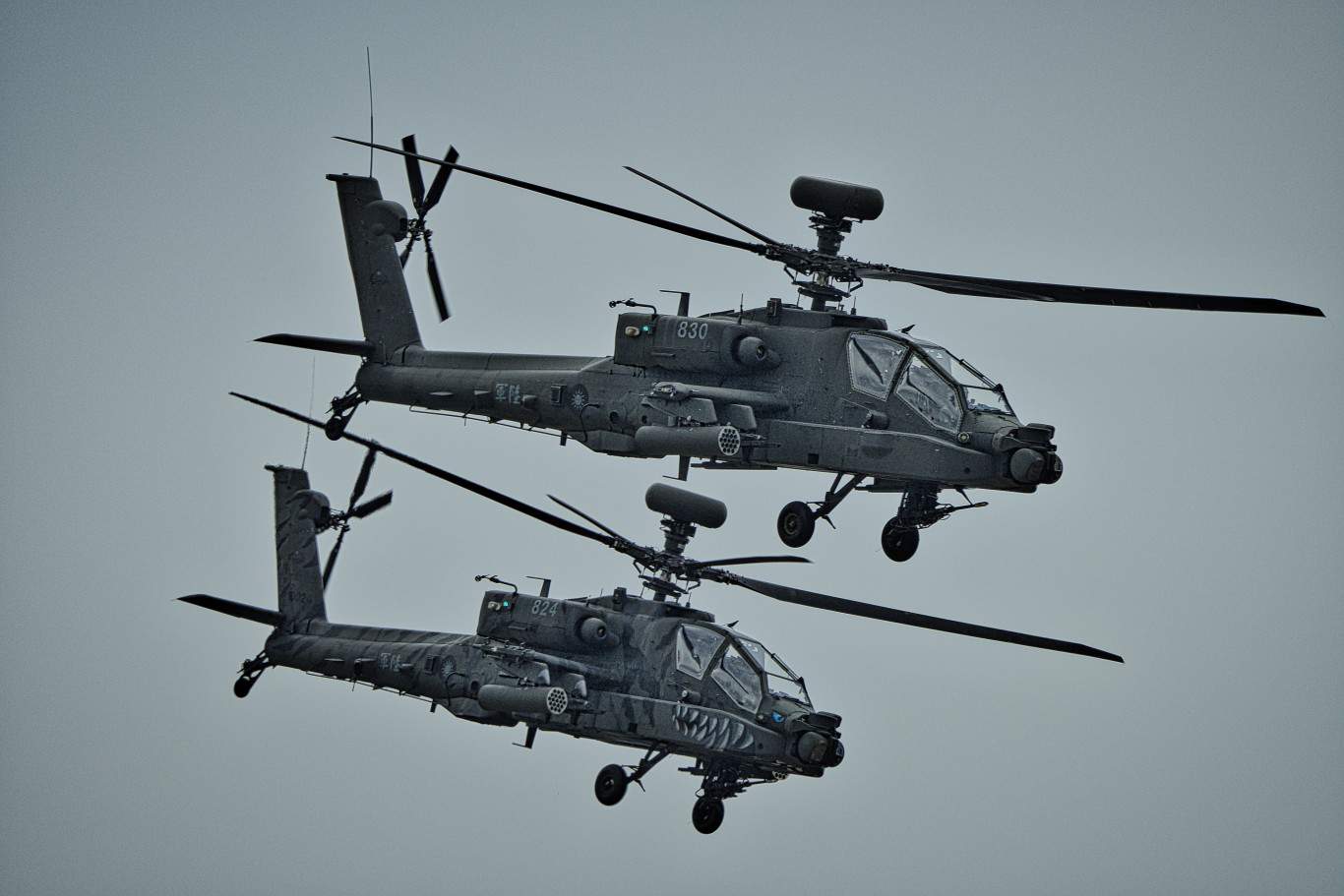
With tensions mounting with China, Taiwan’s survival may depend on the choices made in the next two to three years. Shipping supplies takes time, and they don’t always arrive on time or in acceptable condition. Proper planning is paramount, as aid cannot be rushed and may not get through at all in an invasion scenario.
F-35
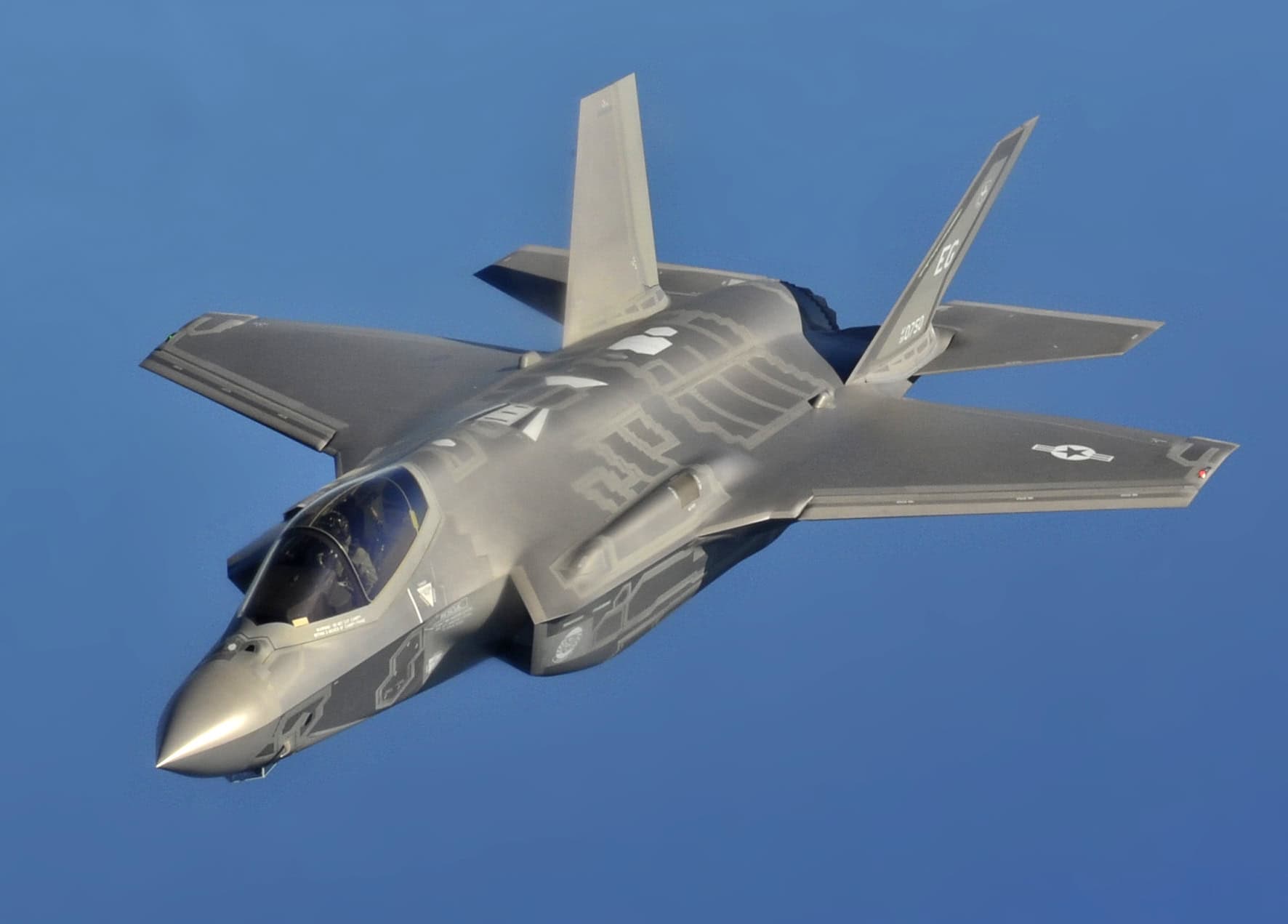
The F-35 is the ultimate big-ticket purchase for an American ally. The Lighting II is a first-rate fifth-generation fighter that is a class above anything flown by the People’s Liberation Army Air Force (PLAAF). Taiwan has long sought the F-35, but the United States has been hesitant, owing in part to the security risk of an F-35 falling into Chinese hands. The Chinese J-35 already bears a striking resemblance to the F-35. Taiwan is looking for up to 60 F-35Bs, but is that a wise choice?
In short, no. The problems are twofold. The first is that the F-35 is incredibly expensive to fly and maintain. Taiwan is a prosperous nation, but its resources are minimal compared to those of the mainland. Taipei cannot compete with Beijing on an even keel. Sixty F-35s would simply be overwhelmed by the sheer size of the PLAAF. Secondly, the biggest problem is that in an invasion scenario, all of Taiwan’s airfields would be within striking range of China’s munitions. Once the airfields are taken out, any grounded aircraft will soon be destroyed or rendered useless. Taiwan’s limited size and proximity to the mainland mean that fixed-wing aircraft have little prospect of playing much of a role in their defense.
F-16
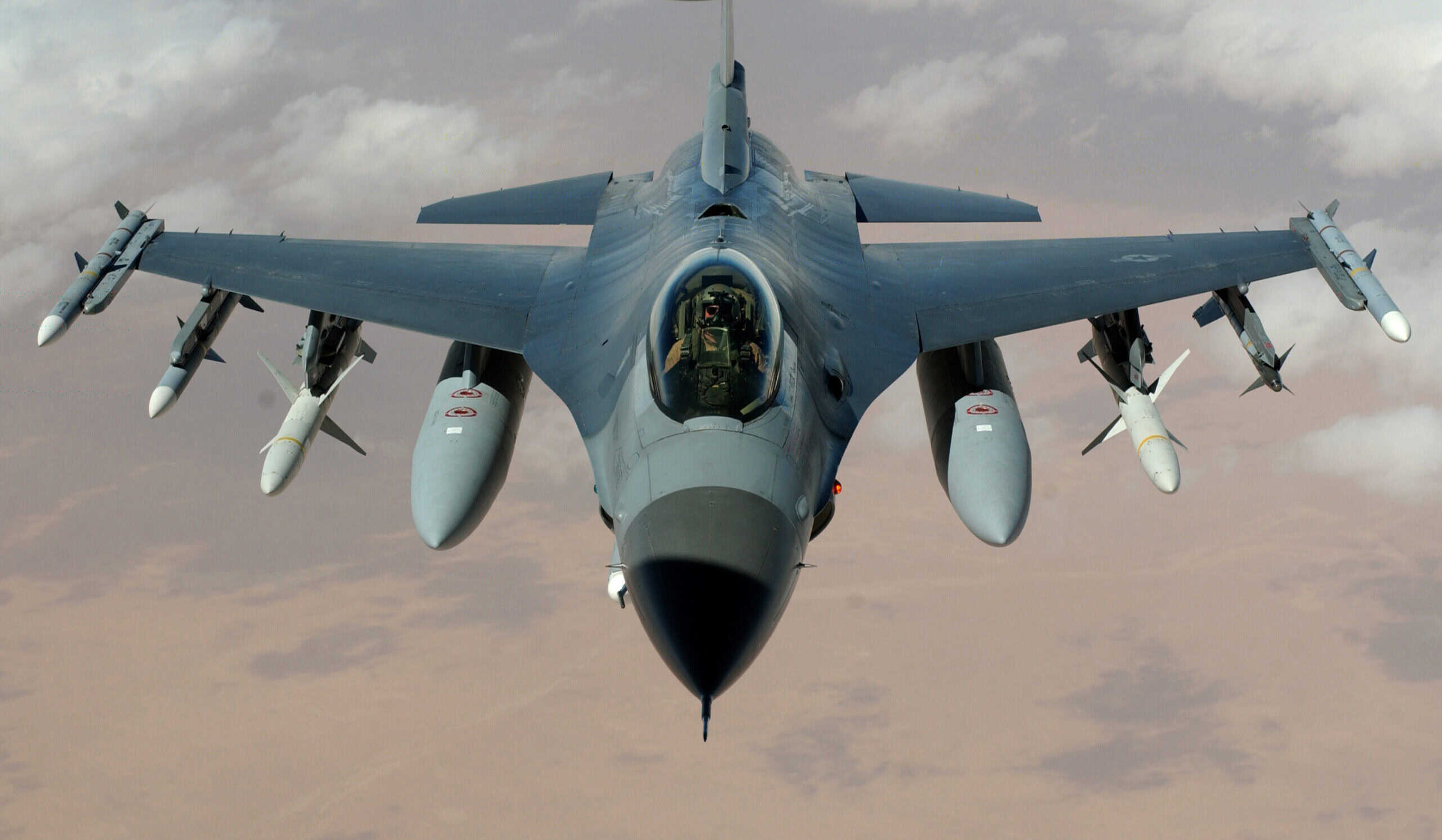
Taiwan first sought the versatile multirole fighter during the Obama administration, but the proposed sale never materialized. Trump was more amendable to a deal and authorized an agreement for 140 F-16s in 2019. As of 2024, the order isn’t yet fulfilled. The final batch of 60 jets is expected by 2026. The F-16 is nearing the end of its service life, but as its combat performance in Ukraine shows, it is still a formidable piece of hardware. However, like the F-35, the main problem with purchasing and maintaining a large fleet of combat jets is that the PLA will surely disable the air bases in the opening exchanges of a conflict.
M1A2T Tanks

The M1 Abrams has spawned many variants for the US Army and American allies. Taiwan ordered 108 tanks from the United States, and the first batch of 38 arrived in December 2024. It was the first time in over 20 years that Taiwan bought tanks from the United States. The new tanks will replace aging American M-60s and locally-built CM-11s to act as the armored core of Taiwan’s last line of defense.
The Abrams is still a cut above the PLA’s tanks. China’s Type 96 packs a punch but has an underpowered engine. The newer Type 99 addresses this weakness but still lags behind other third-generation tanks. Evidently, tanks are not a priority for the PLA. In any case, the Type 99 would not feature in the opening waves of an amphibious assault. That task would instead fall to the Type 05 Amphibious Armored Vehicle (AAV). The Type 05 AAV is fast but no match for the M1’s firepower. In the event of an invasion, the M1 Abrams would spearhead a Taiwanese counterattack should the PLA reach the so-called ‘red beaches.‘
Taiwan’s land forces are underpowered, and the armored support of a modern main battle tank could be crucial. However, the numbers may not be sufficient to make a serious dent in an invasion. Moreover, with air superiority and supremacy in long-range missiles, tanks may not be much of a factor in a conflict between China and Taiwan. Smaller anti-armor weaponry may be a more viable choice for Taiwan’s defense.
Ticonderoga-class cruisers
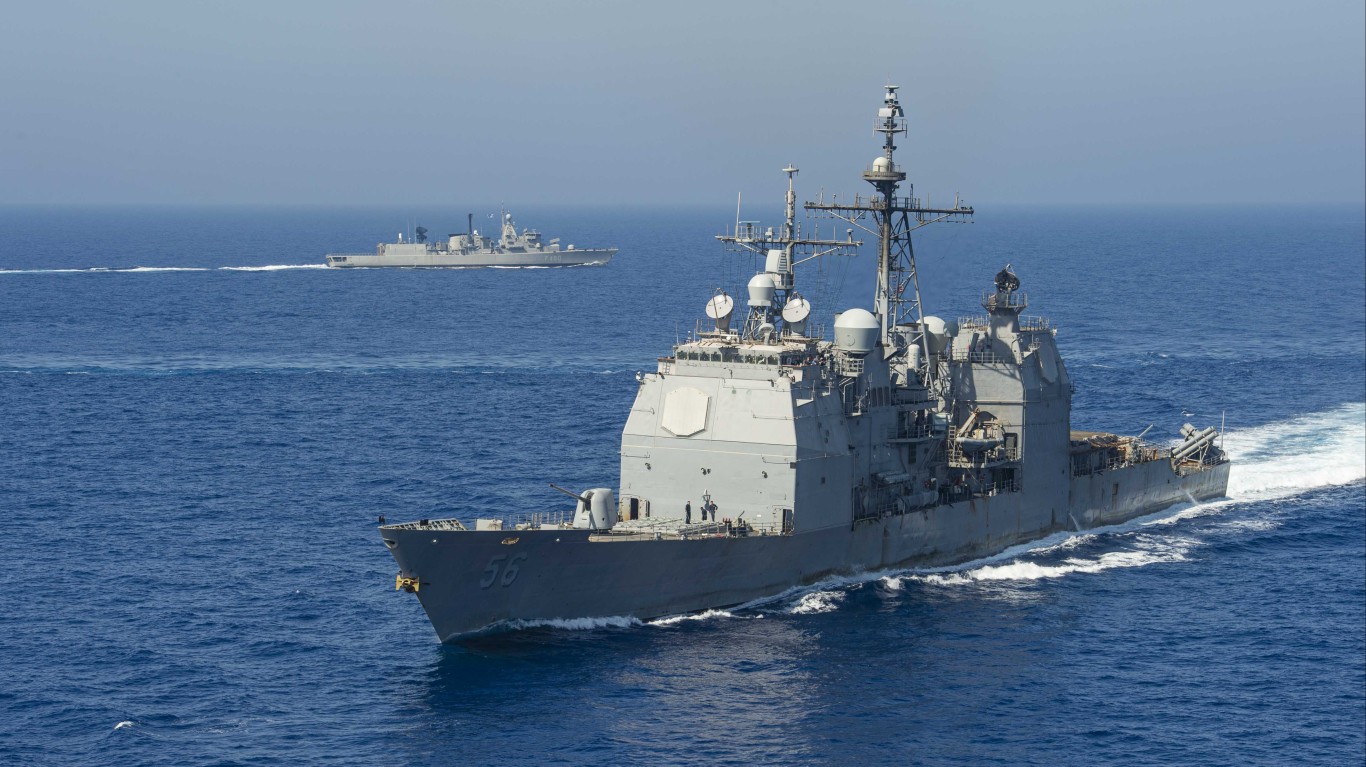
Taiwan has already purchased four retired surface ships from the US Navy and is looking to buy more. A previous aid package touted Ticonderoga-class ships, which may be transferred to Taipei in a future deal. Though recent headlines may make Taiwan think twice about ordering them.
A botched modernization program was found to have wasted $1.84 billion on upgrading ships that were ultimately scrapped. Worse, in December 2024, a Ticonderoga-class USS Gettysburg shot down an F/A-18F in a friendly fire incident in the Red Sea.
Frigates
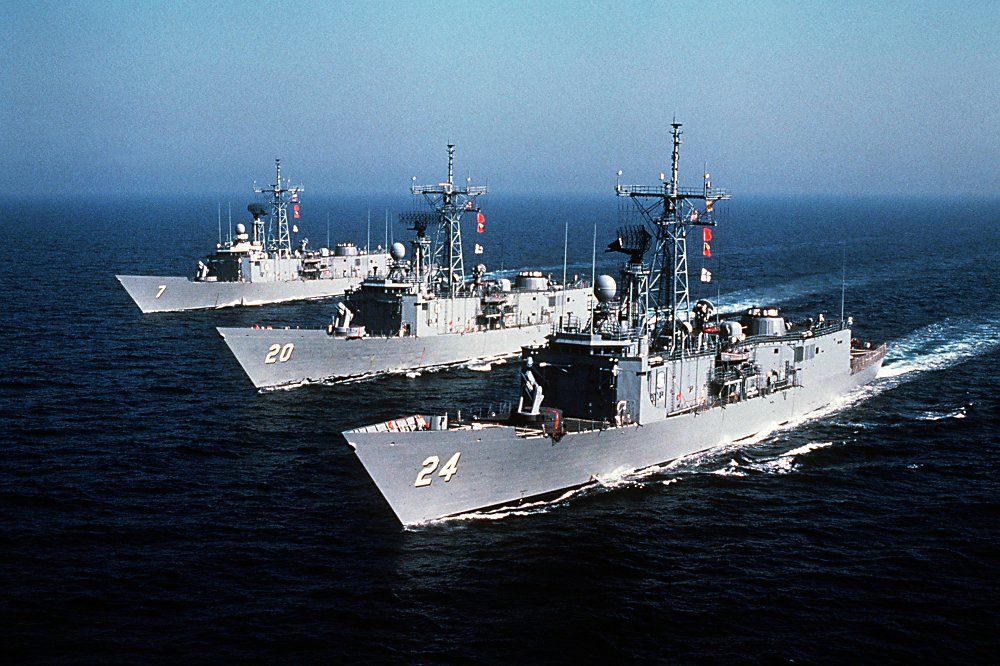
Oliver Hazard Perry-class frigates were a workhorse of the US Navy for decades. These guided-missile frigates carried out various support missions for over 30 years. The USS Simpson, retired in 2015, is the last American warship to have sunk an enemy vessel. Taiwan built eight Perry-class frigates under license and purchased two more in 2015; the former USS Gary and USS Taylor arrived in Taiwan in 2018.
Depending on the loadout, frigates can offer anti-submarine or anti-air capabilities. Taiwan also plans to build 12 light frigates to round out its naval capabilities. One major problem is that Taiwan has no realistic prospect of catching up with the People’s Liberation Army Navy (PLAN). The PLAN has considerably more surface ships than any other navy in the world, and competing with Beijing’s naval might on an even keel is a fool’s errand. Accordingly, Taiwan is better served by focusing on an asymmetric approach.
Missile Corvettes
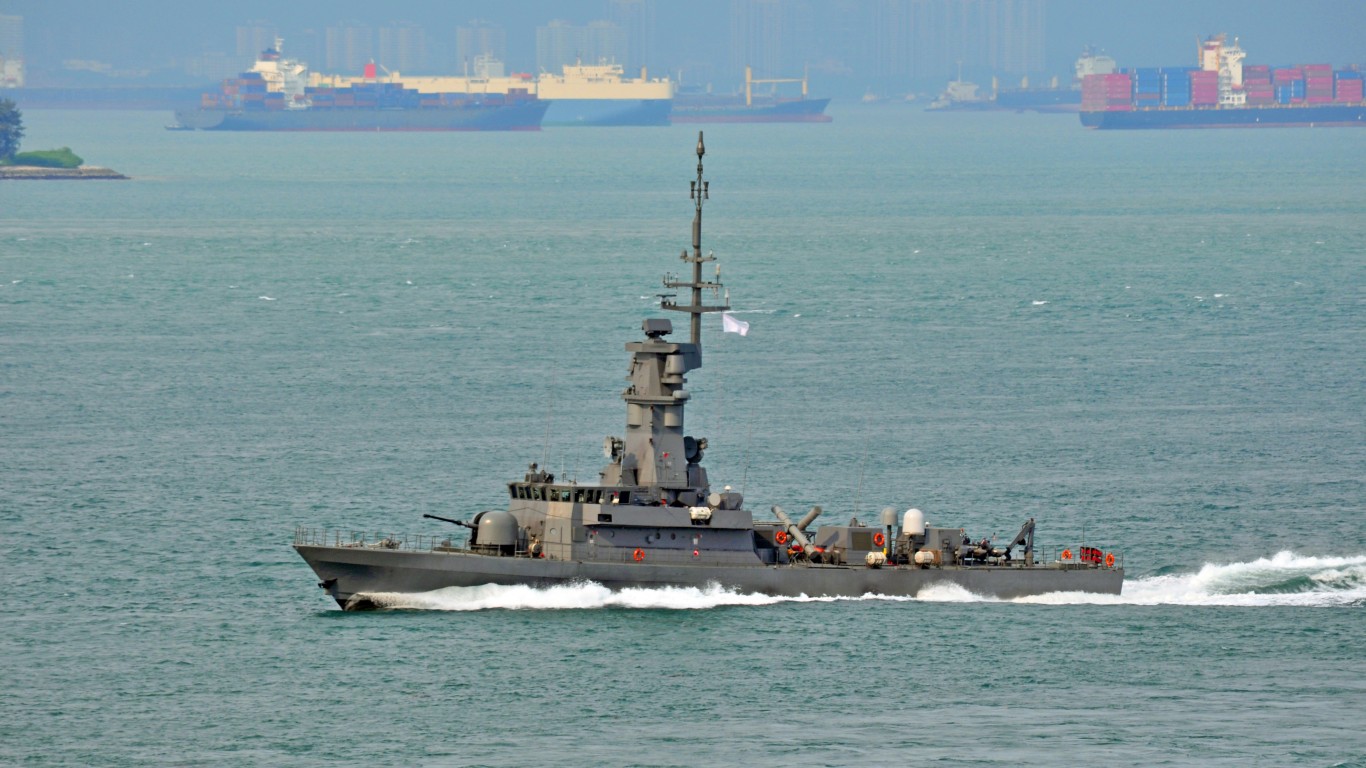
Small, stealthy, and lethal, the Tuo-Jiang stealth missile corvette is Taiwan’s answer to the overwhelming firepower of the PLAN. Corvettes are much smaller ships but can still pack a punch while staying out of trouble. The first two corvettes of a batch of six were commissioned in the summer of 2024. The “carrier killers” have a crew of just 41 and leave little trace of their presence. They make up their diminutive stature with speed, stealth, and a hefty payload of missiles. Hit-and-run tactics may be the only viable approach to weaken a much larger invasion force before it lands.
Submarines
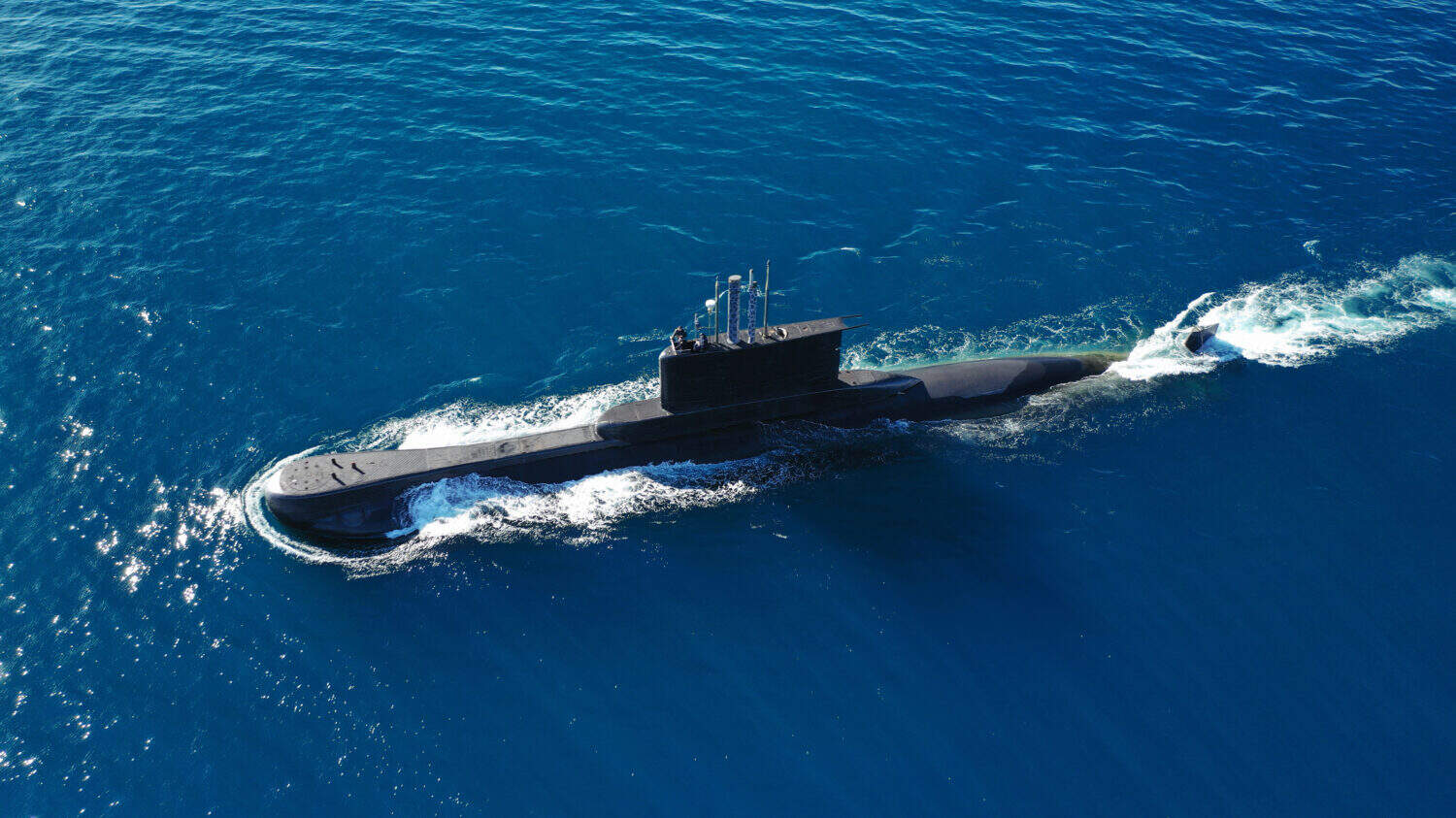
In February 2024, Taiwan launched its first locally built submarine, the Hai Kun. The diesel-electric attack submarine is the first of eight planned for the next decade. The new submarines will bolster Taiwan’s small and aged fleet. For anti-ship purposes, the submarine remains one of the most effective tools of war available, and though a diesel-electric submarine lacks the range and staying power of a nuclear-powered submarine, it makes sense for Taiwan’s purposes. Diesel-electric submarines are considerably cheaper, and any operating within the Taiwan Strait will not have to travel far. Additionally, China’s ports could be highly vulnerable to submarines. If nothing else, a credible submarine fleet could have a powerful deterrent effect.
However, like most of the problems facing Taiwan’s defense, China’s submarine fleet is much larger and expanding at a much faster rate. Eight modern attack submarines won’t be enough.
HIMARS Launchers
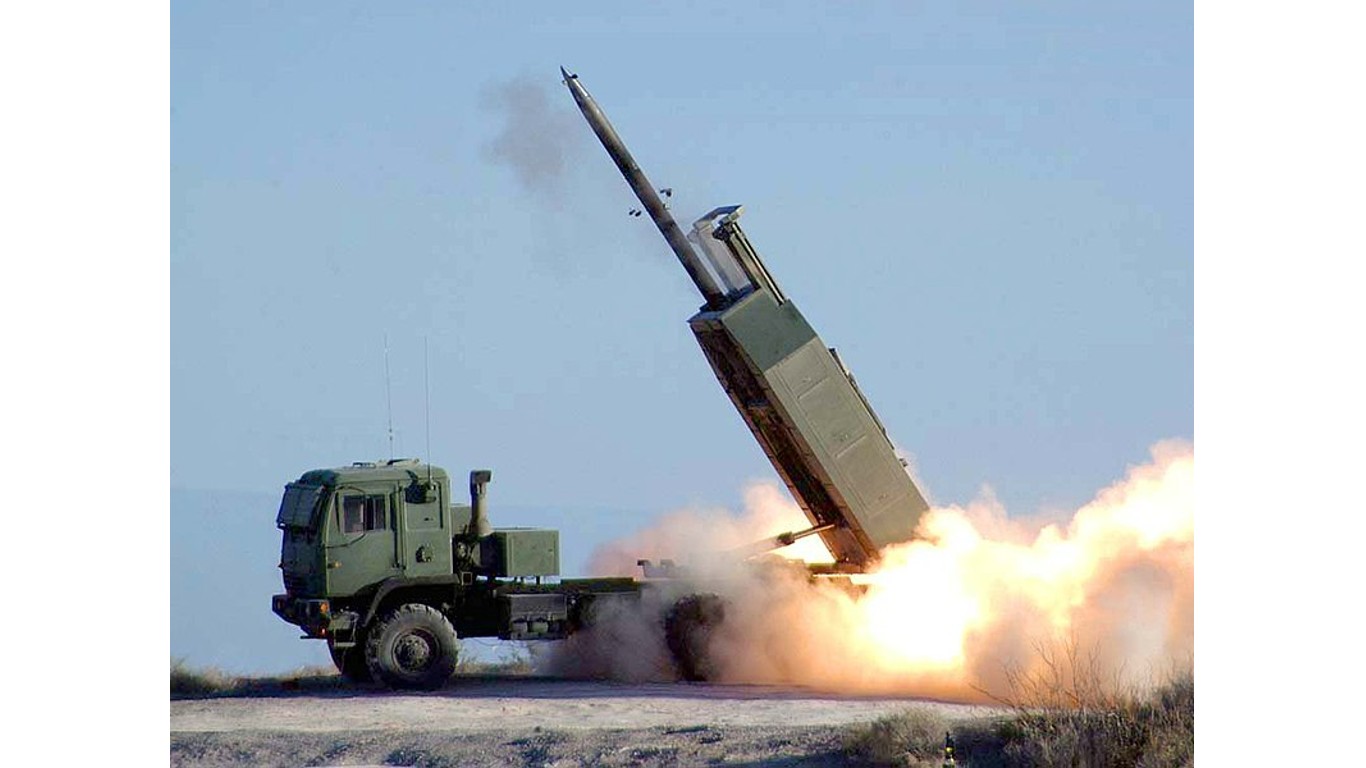
11 High Mobility Artillery Rocket System (HIMARS) with MGM-140 Army Tactical Missile Systems (ATACMS) arrived in Taiwan in November 2024. The weapons were ordered in 2020 during the first Trump administration and will finalized during the second. The MGM-140 has a range of up to 190 miles, which means it could strike the Chinese mainland from Taiwan. The HIMARS has already shown how effective it can be in Ukraine. Using “shoot and scoot” tactics, the HIMARS can launch a devastating barrage and move quickly to avoid counterfire. If deployed correctly, this weapon system could be crucial in defending Taiwan.
Harpoon Missiles
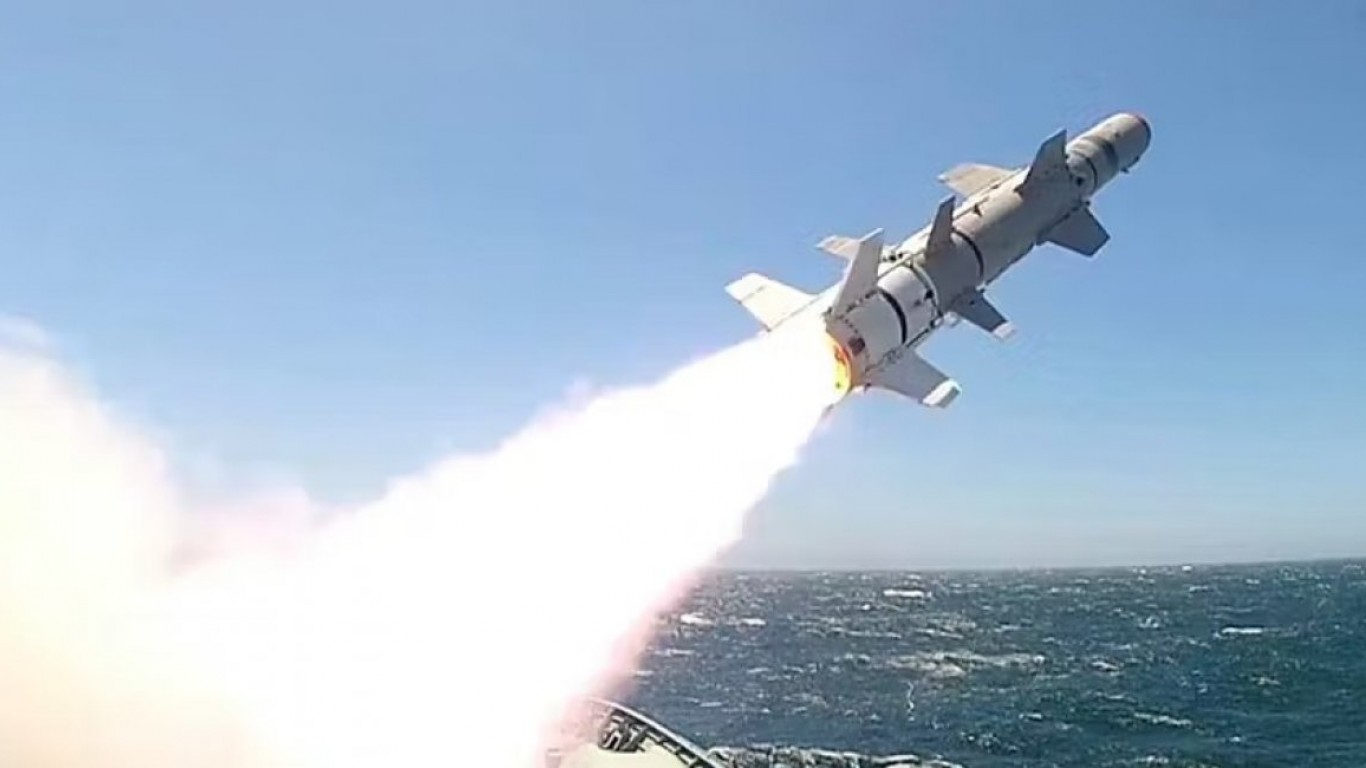
As the name implies, the Harpoon is an anti-ship missile that can be launched from various platforms, including aircraft, ships, submarines, and coastal batteries. Taiwan ordered 400 land-based Harpoon missiles in 2023 and the first batch of 100 in September 2024. The order should be completed by 2029, though efforts are ongoing to expedite the vast backlog of weapons orders. With a range of around 75 miles, any PLAN ships in the Taiwan Strait would be vulnerable.
Javelin & Stinger Missiles
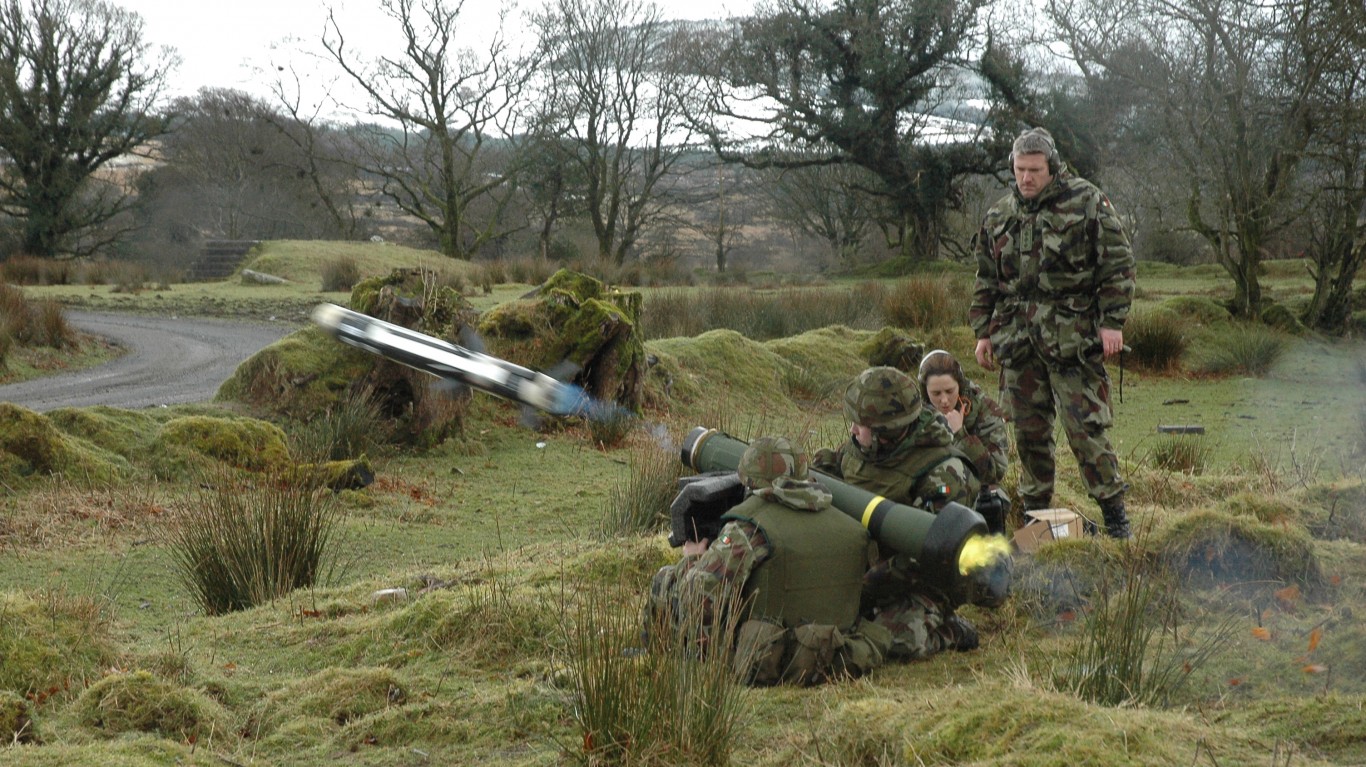
The Javelin is a medium-range “fire-and-forget” antitank weapon that a single soldier can operate. Simply put, a fire-and-forget missile means that the operator does not need to provide further guidance after it’s launched. It can also be attached to unnamed vehicles. In 2024, Taiwan added another 400 Javelins to its stockpile. Because of its top-attack profile, the Javelin strikes armor at its weakest point. It can punch through up to 800mm of armor, meaning armored vehicles like the Type 05 could be destroyed by a Javelin.
The Stinger Missile offers similar capabilities for engaging low-flying aerial targets. The Stinger came to prominence during the Soviet-Afghan War when the United States supplied it to Afghan guerillas, though its impact on the conflict is largely overstated. Still, the Stinger is a proven and cost-effective weapon, and Taiwan plans to invest heavily in increasing its stockpile of Stinger missiles from 500 to 2,485.
Drones, USVs & UUVs
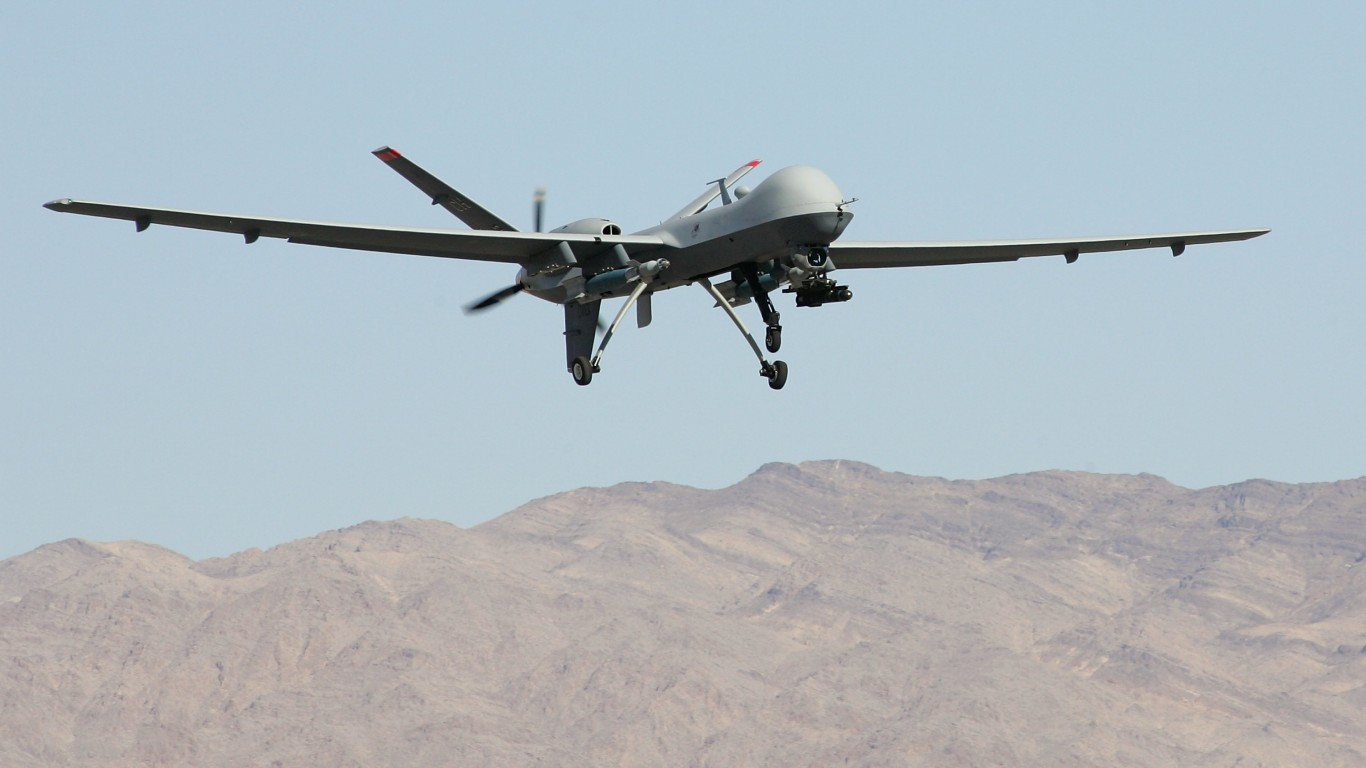
In June 2024, the United States and Taiwan agreed to two major sales of attack drones. The first is a $60 million deal to purchase Switchblade 300 Loitering Munitions Systems. The Switchblade is a tiny (4-5 lbs, depending on payload) kamikaze drone made by AeroVironment that can be used against personnel or armor. Its diminutive size limits its operational range and endurance. However, Kinmen is just six miles from mainland China, so it is well within the operational range of the Switchblade.
The second deal is for Anduril’s larger Altius 600 (Agile Launched Integrated Unmanned System). The Altius is a much larger (c. 26 lbs) weapons system with an operational range of 270 miles, so it could cover the entire Taiwan Strait. One of the system’s main strengths is its versatility: It can be launched from the air, land, or sea, fitted with various warheads, and can operate autonomously for up to four hours.
As well as aerial drones, Taiwan is making waves under the waves with a range of Unmanned Surface/Underwater Vehicles (USVs/UUVs) unveiled in 2023. While still in the development stage, a swarm of USVs and UUVs could help tilt the balance in Taiwan’s favor. Waves of cheap naval suicide drones could punch a hole in an invading fleet. Unlike more traditional weapons systems, drones are expendable and easily replenished. They do not require extensive training to operate or vast resources to build. Taiwan is already a tech giant and has the infrastructure in place to become a world leader in unmanned warfare.
The Porcupine Strategy
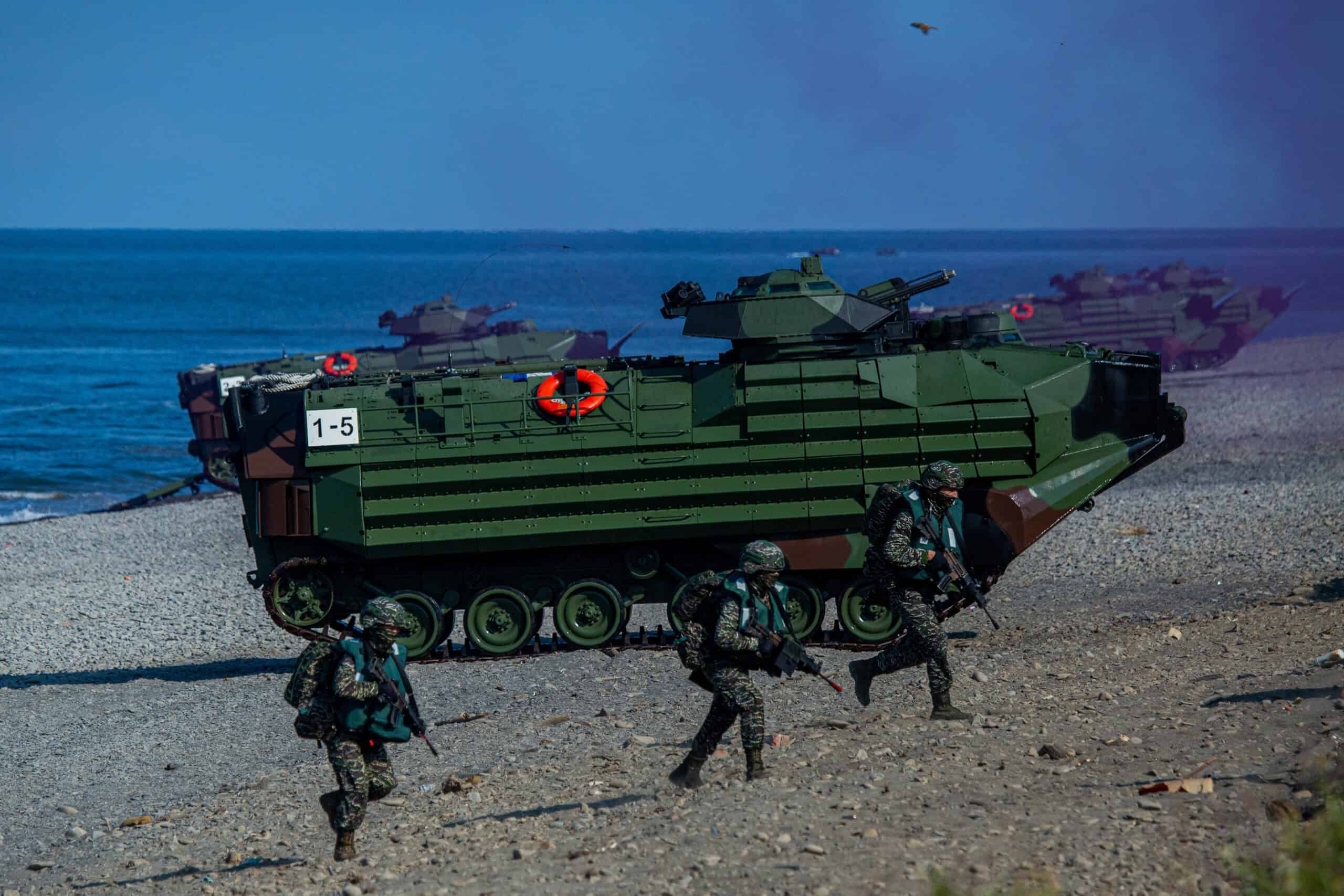
The firepower gap between China and Taiwan can never be bridged. It is impossible for a nation of just over 23 million people to compete evenly with a country of 1.4 billion. Taiwan’s military is modern and well-equipped but hopelessly undersized compared to China’s. Fortunately for Taiwan, there are other factors in Taiwan’s favor that no advantage in population or industry can overcome: geography.
Taiwan is a rugged island with few viable approaches for an invading army. Even the United States decided it would be too difficult to take from the Japanese in World War Two. The shallow coastal waters and dense jungles make for a nightmare for an invading force. Rather than go blow-for-blow with a superior enemy, Taiwan’s best bet is an asymmetric approach.
The Porcupine Strategy concept involves Taiwan adopting a multifaceted approach to defense. Many layers of weapons, both high-tech and low-tech, resemble the quills of the mammal and would inflict great pain on the predator threatening. Of course, Taiwan and the United States would prefer not to have to wage a catastrophic war to defend Taiwan’s sovereignty. Deterrence is the first priority, but it requires credibility. Splurging on big-ticket items like the F-35 might make for an impressive spectacle, but those jets would merely be expensive wreckage in a real conflict.
Smaller-scale weapons and ships capable of inflicting great damage on an invading fleet are a more practical option. Moreover, they are more likely to dissuade Beijing from making the attempt in the first place.
The Takeaway
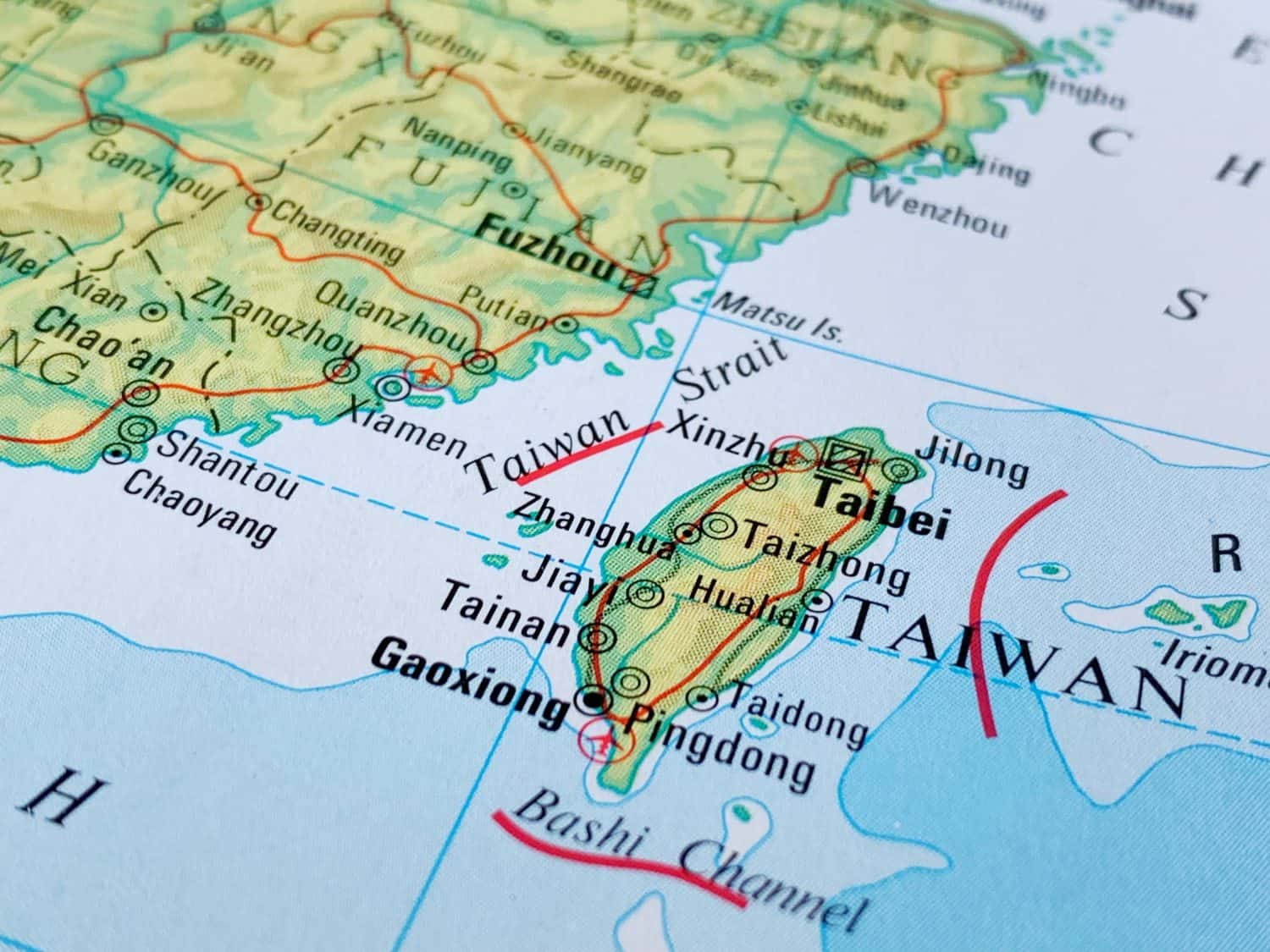
Taiwan will face serious security challenges in the near future as China completes its military modernization program. China may be able to take Taiwan by force as soon as 2027. Though Beijing would naturally prefer peaceful unification, Taipei is not likely to accept that. The United States is a vital, albeit unofficial, ally of Taiwan whose commitment to defending its sovereignty is deliberately opaque. Accordingly, Taiwan must be ready to defend itself with or without American aid and consider lengthy shipping delays. Several items ordered during Trump’s first term won’t arrive until his second is almost done.
Taiwan expressed interest in the F-35 to add its pending order of F-16s, but neither would be useful against China. The PLAAF is simply too large, and Taiwan’s airfields are too vulnerable to missiles to justify such a vast outlay of resources. If the PLA does make a landing, modern tanks like the M1 Abrams will be needed to lead a counterattack, though perhaps in larger numbers than Taiwan can afford. At sea, the power imbalance is even greater, and buying retired American ships won’t do much to address that. Submarines and stealth corvettes represent a wiser choice for inflicting unanswered damage on an invasion fleet.
Taiwan’s big purchases of anti-air, anti-armor, and anti-ship missiles are a solid choice and should be increased further. Similarly, developing drones for the air and the sea is astute, as Ukraine demonstrated how well masses of cheap drones can work against a superior foe. Ultimately, Taiwan’s best hope for its future security is to acknowledge the firepower gap and invest accordingly in asymmetric weapons. Ideally, to convince Beijing that the prize is not worth the effort, but also to effectively defend itself in the worst scenario.
It’s Your Money, Your Future—Own It (sponsor)
Retirement can be daunting, but it doesn’t need to be.
Imagine having an expert in your corner to help you with your financial goals. Someone to help you determine if you’re ahead, behind, or right on track. With SmartAsset, that’s not just a dream—it’s reality. This free tool connects you with pre-screened financial advisors who work in your best interests. It’s quick, it’s easy, so take the leap today and start planning smarter!
Don’t waste another minute; get started right here and help your retirement dreams become a retirement reality.
Thank you for reading! Have some feedback for us?
Contact the 24/7 Wall St. editorial team.
